Our goal is to boost our research output for 2023 by √2 over our previous year. We measure our research output by SNIP points, which are described in our Journals page. Help us reach our target of 28 points for this year.
Concept
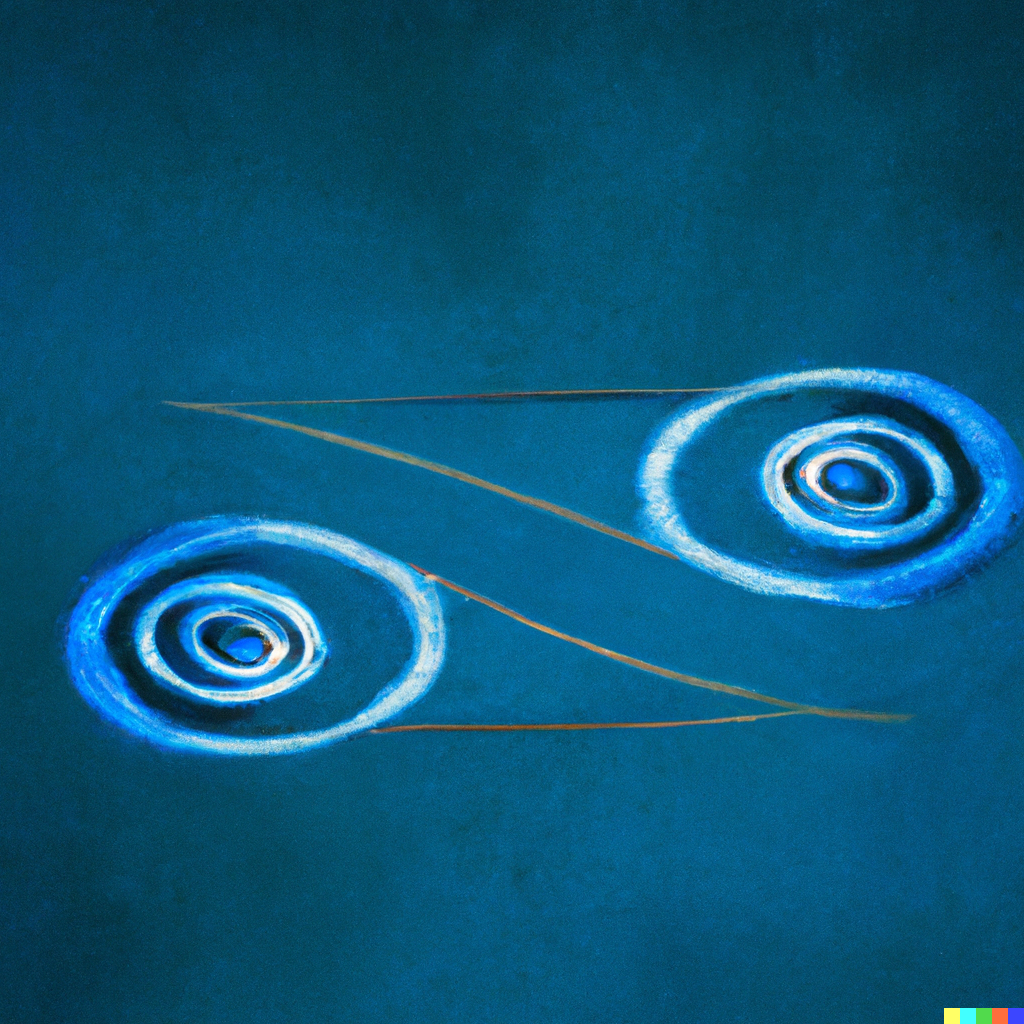
Scattering amplitude dynamics
We review classical gravitational dynamics derived from quantum field theoretic scattering amplitudes, a tool used in detecting gravitational waves.
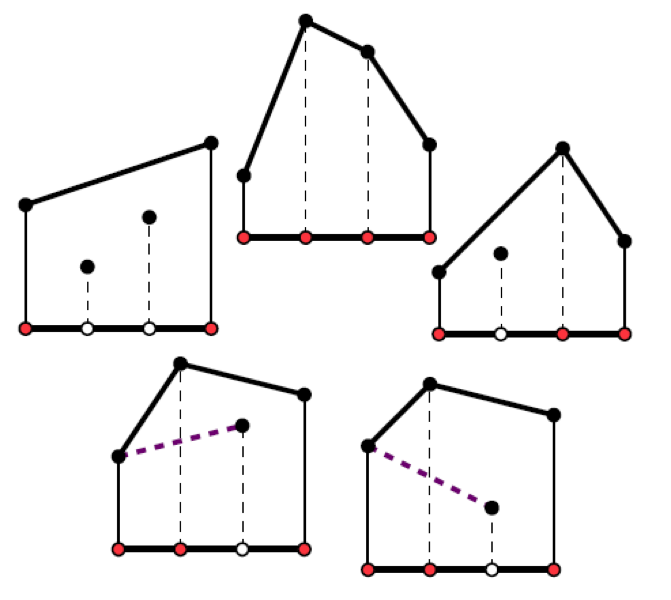
Morse discriminant combinatorics
The rich combinatorics of the recently-computed Newton polytope of the Morse discriminant provides insights on connections between algebra, geometry and combinatorics.
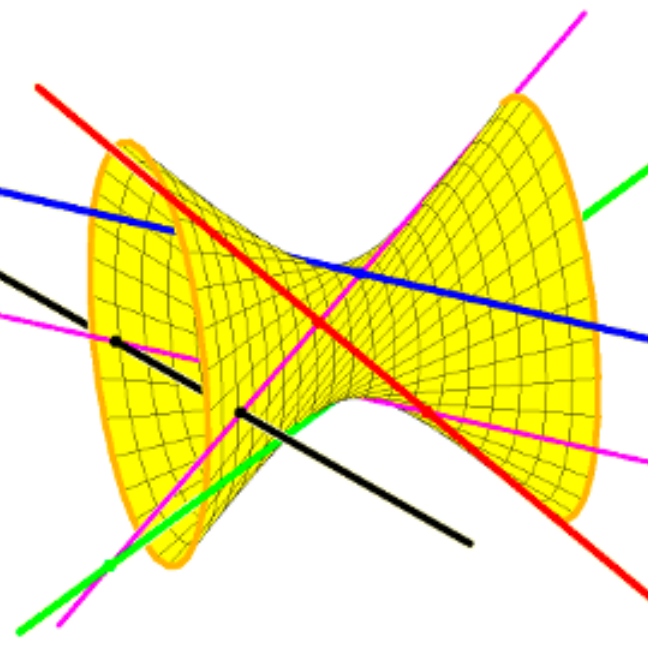
Geometry
Multiple solutions of enumerative
In enumerative geometry, when constraints, such as lines, are in special positions, several solutions of a problem collide to form a multiple solution.
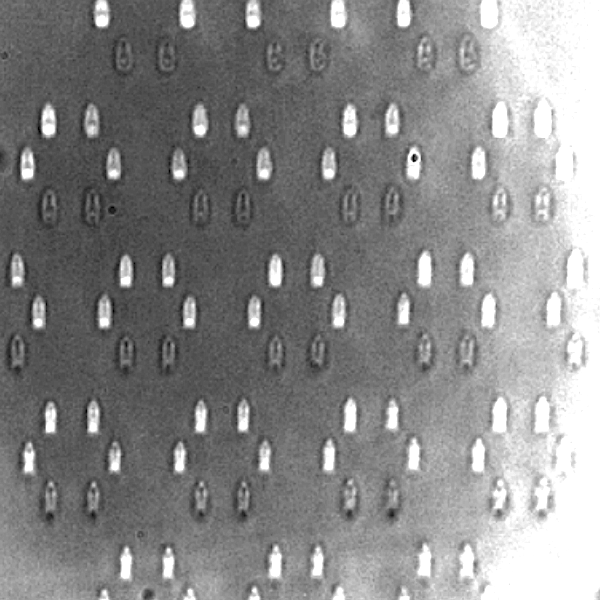
Topological photonics
Topological protection
Ideas from topology are used to show the protection of quantum state density matrix elements, revealing new applications of topological photonics.
Gravitational interactions of massiv
Formulating, for the first time, field theories for massive higher-spin particles for the potential application to black-hole dynamics.
Arxiv

Theory of innovation
Recursive structure of innovation
A theoretical model of recursive innovation suggests that new technologies are recursively built up from new combinations of existing ones.

Number theory
Higher energies
Generalising the recent Kelley–Meka result on sets avoiding arithmetic progressions of length three leads to developments in the theory of the higher energies.
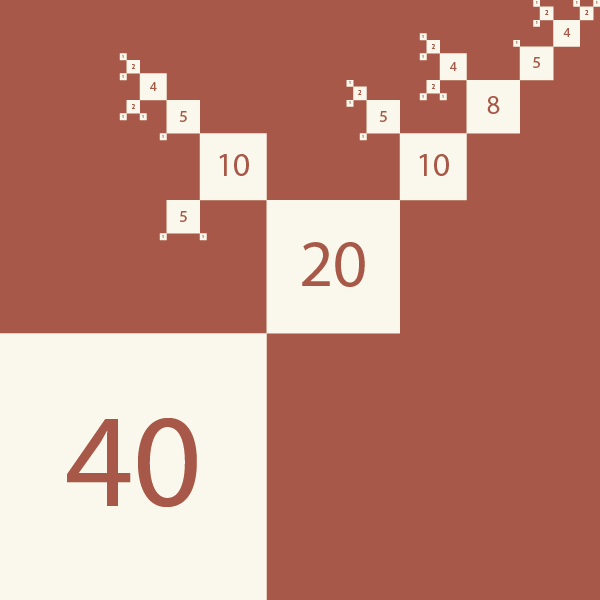
Number theory
Ample and pristine numbers
Parallels between the perfect and abundant numbers and their recursive analogs point to deeper structure in the recursive divisor function.
Machine learning
Speaking DNA
A family of transformer-based DNA language models can interpret genomic sequences, opening new possibilities for complex biological research.
Algebraic geometry
Symmetric spatial curves
The geometry of symmetric spatial curves reveals characterisations of general one-parameter families of complex univariate polynomials with fully-symmetric Galois groups.
Number theory
Recursive divisor properties
The recursive divisor function has a simple Dirichlet series that relates it to the divisor function and other standard arithmetic functions.
Evolvability
Flowers of immortality
The eigenvalues of the mortality equation fall into two classes—the flower and the stem—but only the stem eigenvalues control the dynamics.
Condensed matter theory
Counting free fermions
A link between the statistical properties of free fermions in one dimension when either half- or alternating- states are initially occupied.
Computational linguistics
Cross-lingual knowledge
Models trained on a Russian topical dataset, of knowledge-grounded human-human conversation, are capable of real-world tasks across languages.
Slight degeneration
Newton polytopes are used to study systems of general polynomial equations, which consist of given monomials with generic coefficients. We describe what happens to solutions of these systems when the coefficients slightly degenerate.
Gravity
QFT illuminates Kerr black holes
Classical Kerr amplitudes for a rotating black hole derived using insights from recent advances in massive higher-spin quantum field theory.
Algebraic geometry
Three-manifolds
Pachner graphs for 3-manifold triangulation can be generated and analysed through the lens of network science.
Gauge interactions
Formulating, for the first time, field theories for massive higher-spin particles for the potential application to black-hole dynamics.
Machine learning polytopes
A supervised machine of learning lattice polytopes predicts properties of volume, dual volume, and reflexivity with up to 100% accuracy.
Submitted
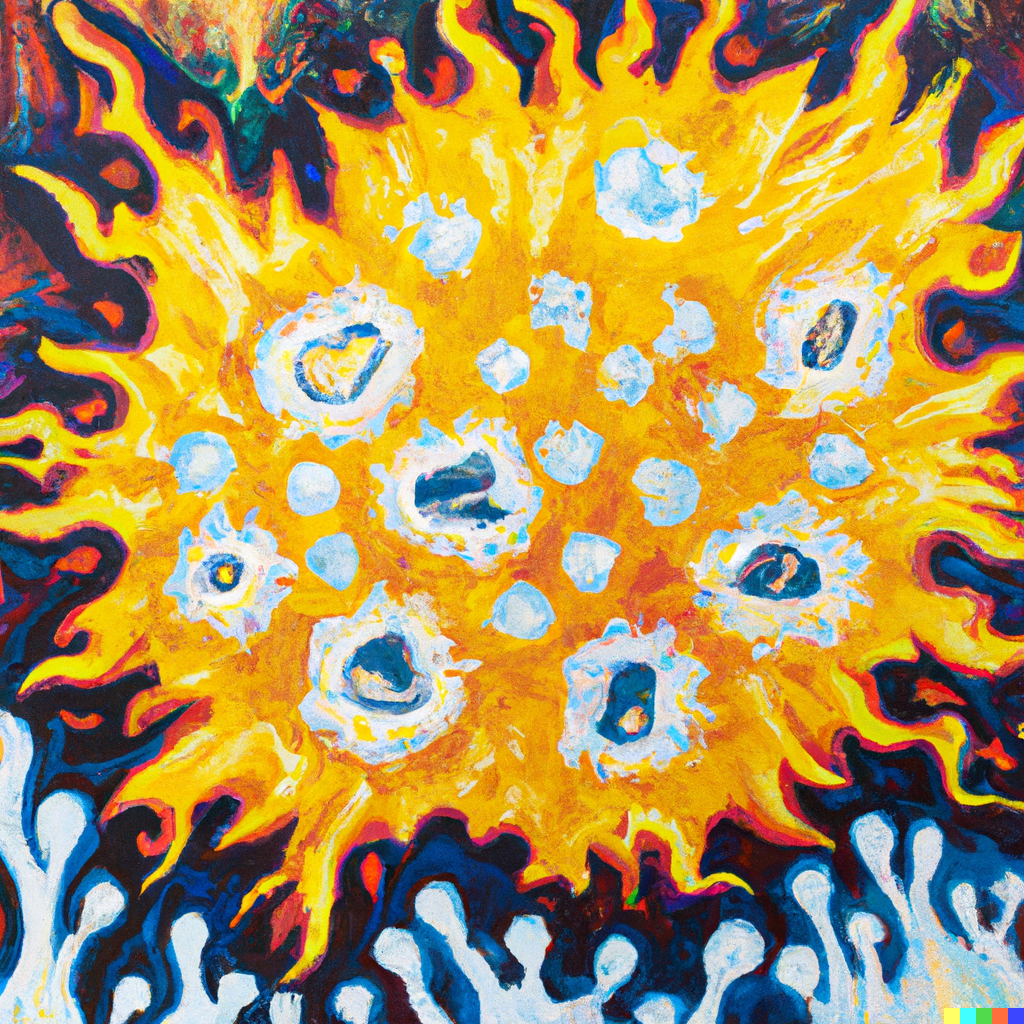
Synthetic biology
Cell soup in screens
Bursting cells can introduce noise in transcription factor screens, but modelling this process allows us to discern true counts from false.
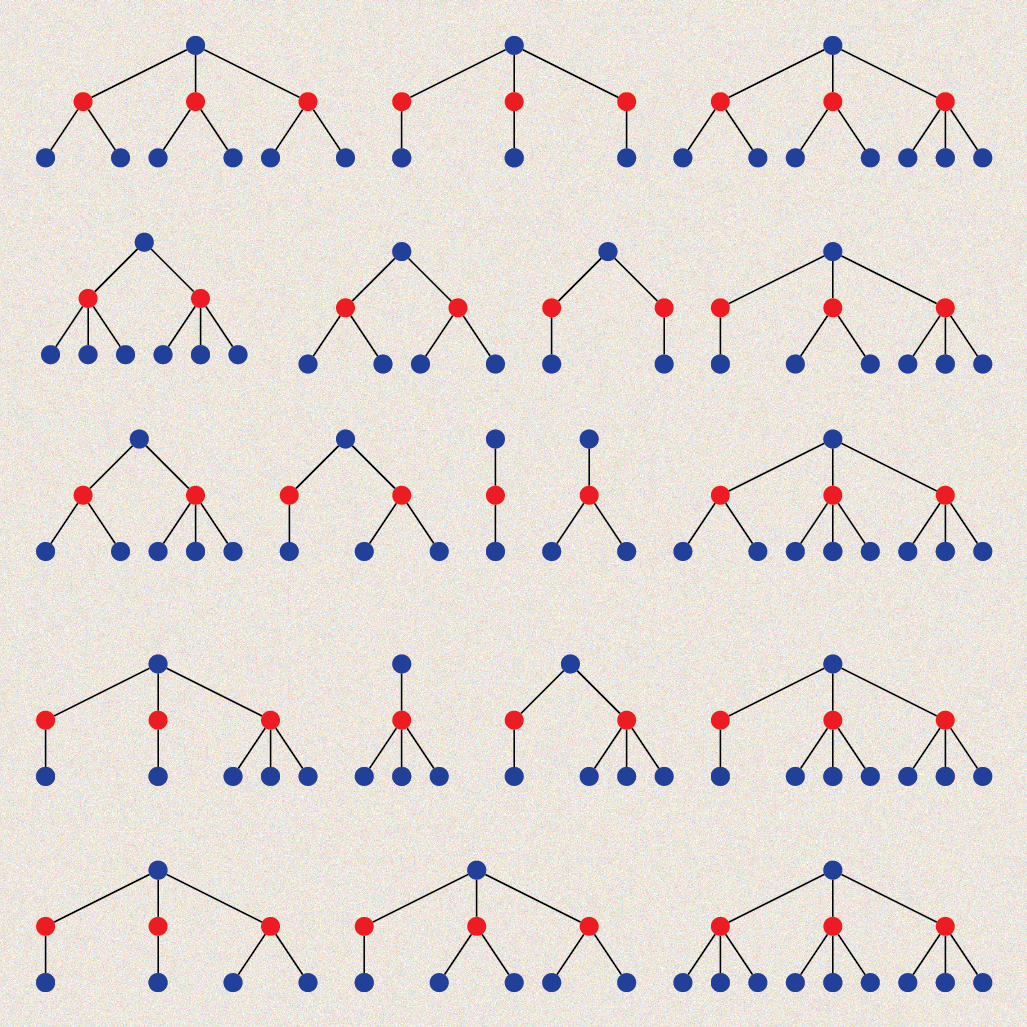
Combinatorics
In life, there are few rules
The bipartite nature of regulatory networks means gene-gene logics are composed, which severely restricts which ones can show up in life.

Evolvability
I want to be forever young
The mortality equation governs the dynamics of an evolving population with a given maximum age, offering a theory for programmed ageing.
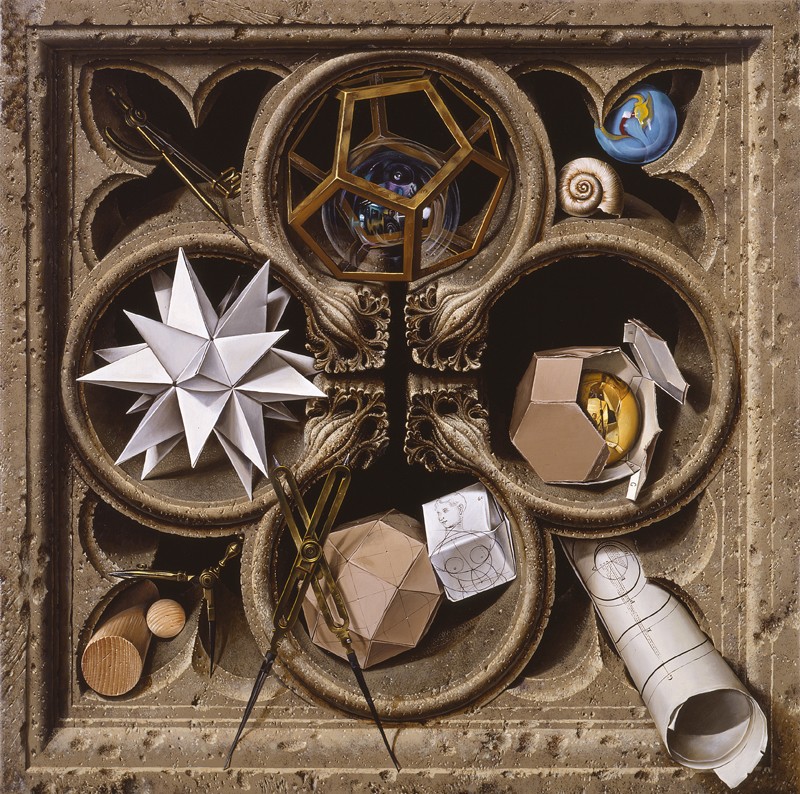
Combinatorics
Representation for sum-product
A new way to estimate indices via representation theory reveals links to the sum-product phenomena and Zaremba’s conjecture in number theory.
Number theory
Bounding Zaremba’s conjecture
Using methods related to the Bourgain–Gamburd machine refines the previous bound on Zaremba’s conjecture in the theory of continued fractions.
Linear algebra
Infinitely high parallelotopes
We demonstrate that the height of an infinite parallelotope is infinite if no non-trivial combinations of its edges belong to .
Combinatorics
Quadratic residues
Additive combinatorics sheds light on the distribution of the set of squares in the prime field, revealing a new upper bound for the number of gaps.
Machine learning
BERT enhanced with recurrence
The quadratic complexity of attention in transformers is tackled by combining token-based memory and segment-level recurrence, using RMT.
Number theory
Counting recursive divisors
Three new closed-form expressions give the number of recursive divisors and ordered factorisations, which were until now hard to compute.
Representation theory
Infinite dimensional irreducibility
The criteria of irreducibility of representations of the inductive limit of certain general linear groups acting on three infinite rows.
Free energy and learning
Using the free energy principle to derive multiple theories of associative learning allows us to combine them into a single, unifying framework.
Representation theory
Group representation irreducibility
A general approach to proving the irreducibility of representations of infinite-dimensional groups within the frame of Ismagilov's conjecture.
TBA
TBA
Number theory
Sum-product with few primes
For a finite set of integers with few prime factors, improving the lower bound on its sum and product sets affirms the Erdös-Szemerédi conjecture.
Condensed matter theory
A kicked polaron
Modelling the final state of a mobile impurity particle immersed in a one-dimensional quantum fluid after the abrupt application of a force.
Number theory
Reflexions on Mahler
With physically-motivated Newton polynomials from reflexive polygons, we find the Mahler measure and dessin d’enfants are in 1-to-1 correspondence.
Number theory
Elliptic curve murmurations
Certain properties of the bivariate cubic equations used to prove Fermat’s last theorem exhibit flocking patterns, machine learning reveals.
TBA
TBA
From words to blocks
Combining a language model with reinforcement learning enables object construction in a Minecraft-like environment from natural language instructions.
Published

Machine learning
Guided by uncertainty
A new two-stage method addresses challenges in the natural language processing of long texts using transformers with self-attention mechanisms.
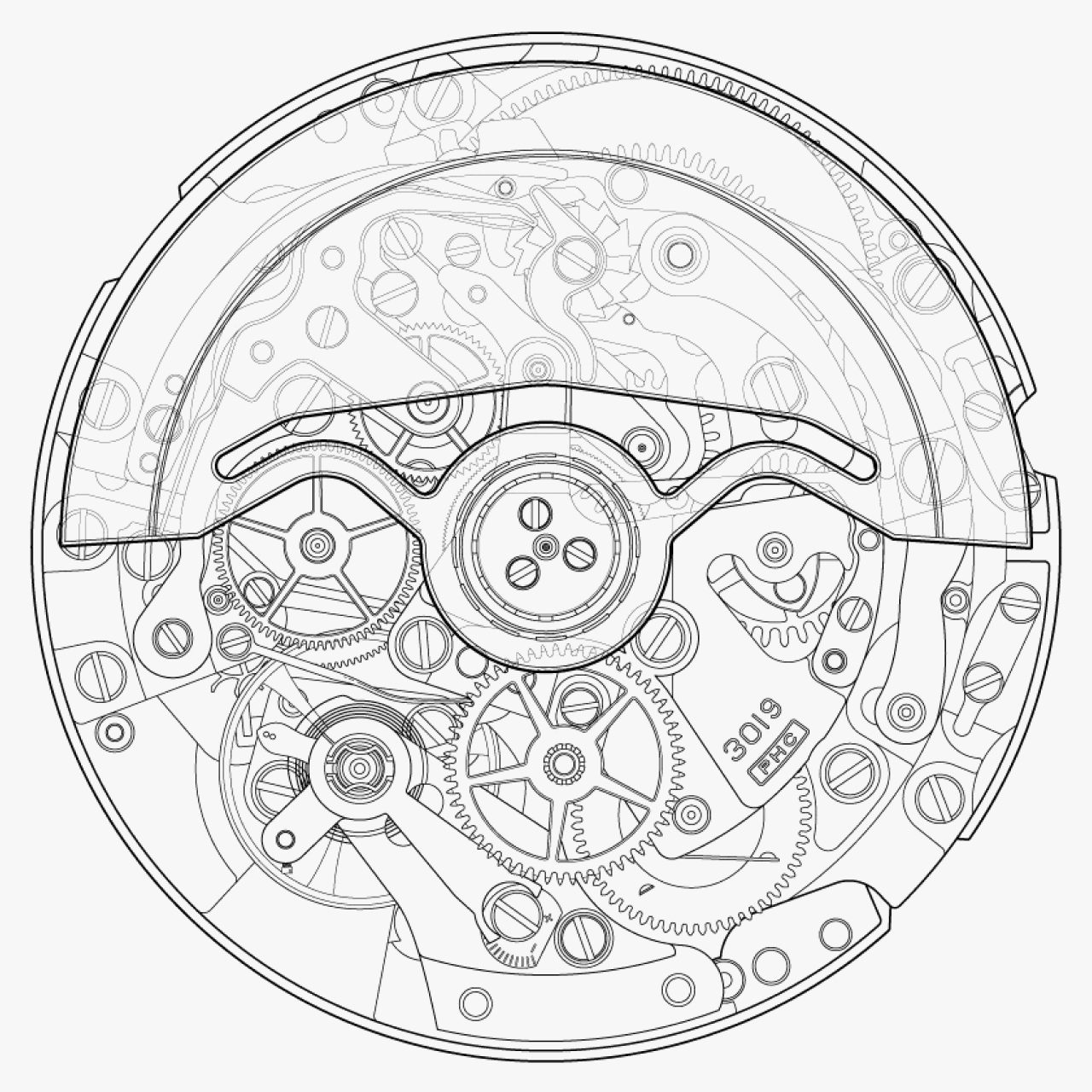
Statistical physics
Kauffman cracked
Surprisingly, the number of attractors in the critical Kauffman model with connectivity one grows exponentially with the size of the network.
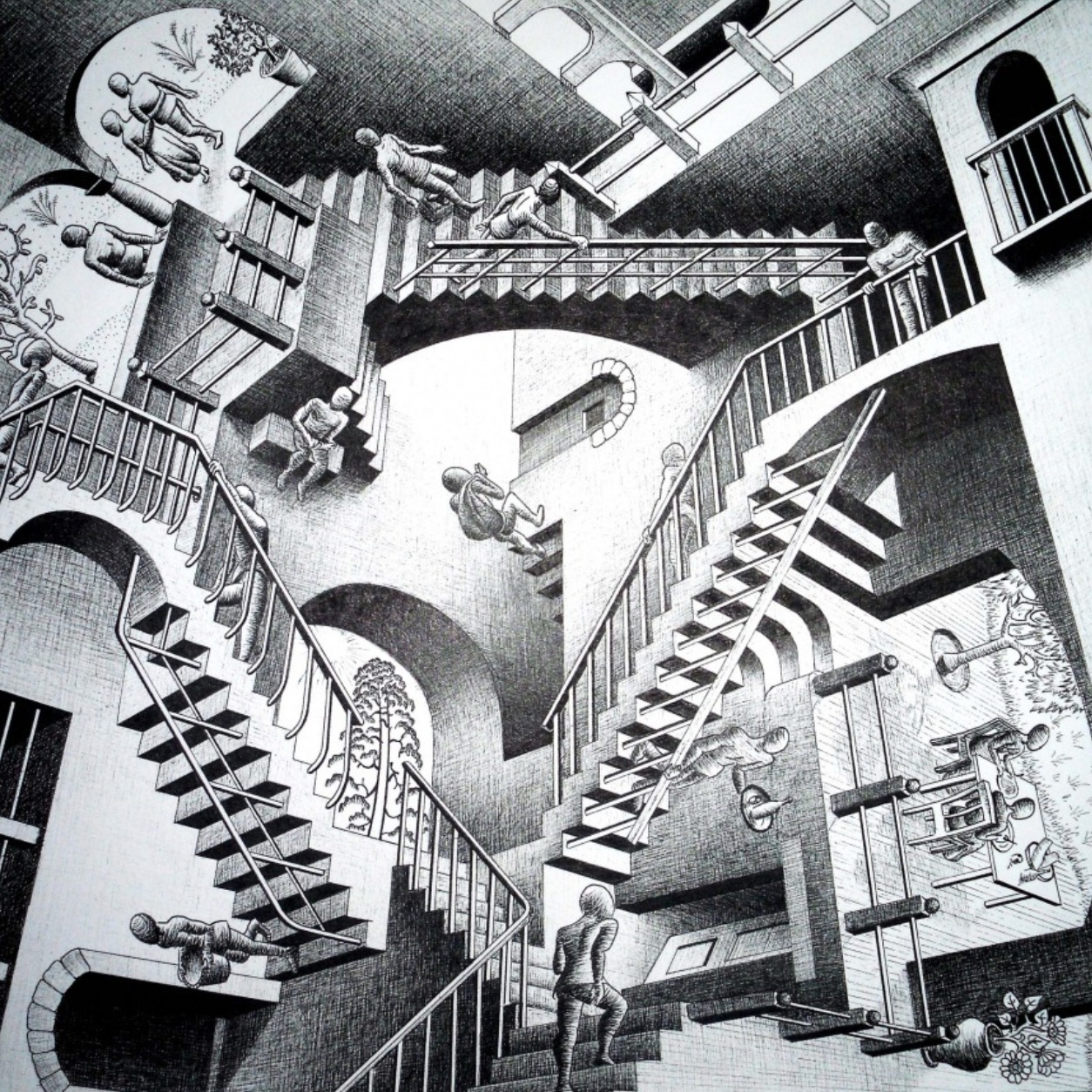
Number theory
Multiplicativity of sets
Expanding the known multiplicative properties of large difference sets yields a new, quantitative proof on the structure of product sets.
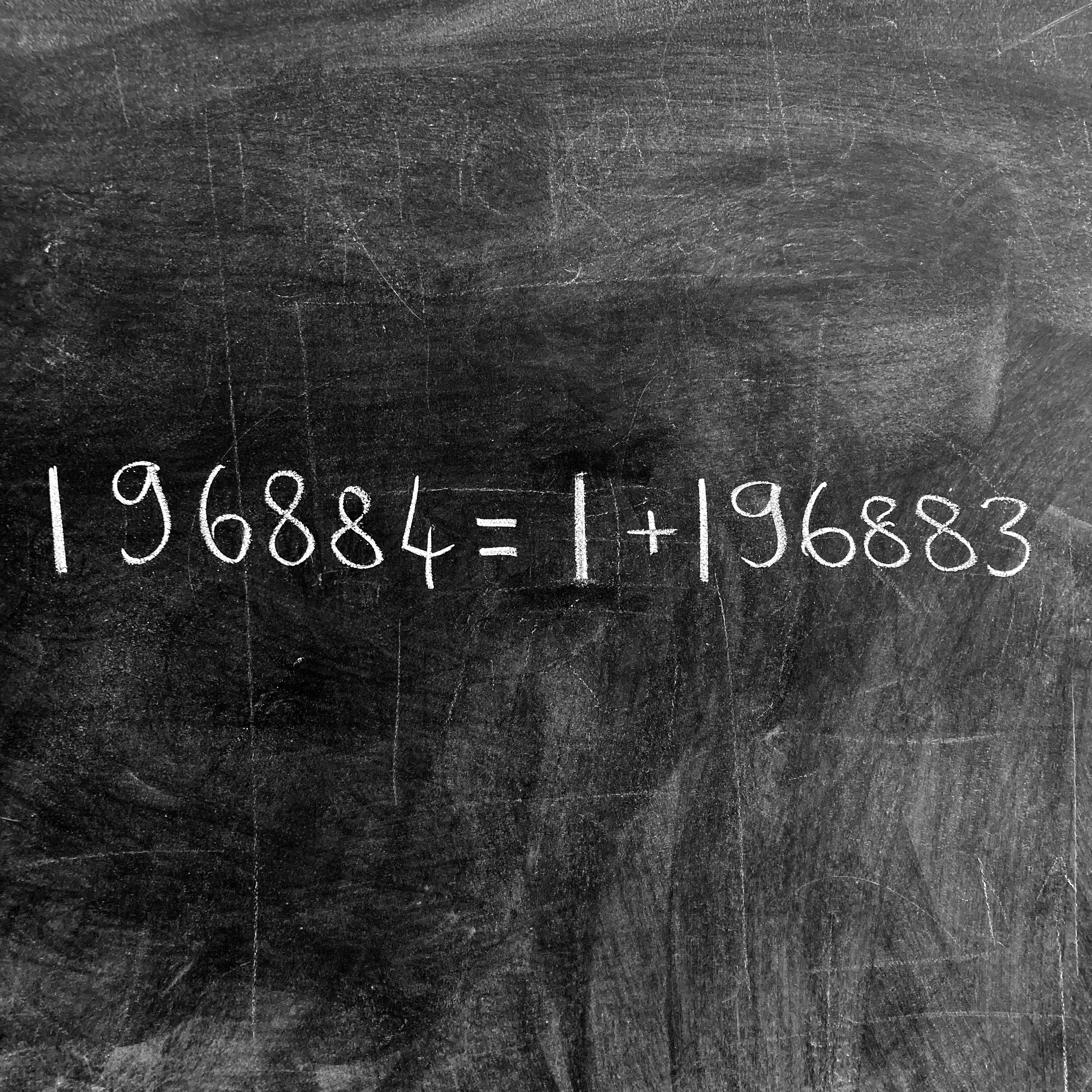
Group theory
On John McKay
This obituary celebrates the life and work of John Keith Stuart McKay, highlighting the mathematical miracles for which he will be remembered.
Combinatorics
Ungrouped machines
A new connection between continued fractions and the Bourgain–Gamburd machine reveals a girth-free variant of this widely-celebrated theorem.
Combinatorics
Set additivity and growth
The additive dimension of a set, which is the size of a maximal dissociated subset, is closely connected to the rapid growth of higher sumsets.
Statistical physics
Multiplicative loops
The dynamics of the Kauffman network can be expressed as a product of the dynamics of its disjoint loops, revealing a new algebraic structure.
Number theory
Recursively divisible numbers
Recursively divisible numbers are a new kind of number that are highly divisible, whose quotients are highly divisible, and so on, recursively.
Number theory
Random Chowla conjecture
The distribution of partial sums of a Steinhaus random multiplicative function, of polynomials in a given form, converges to the standard complex Gaussian.
Combinatorics
The popularity gap
A cyclic group with small difference set has a nonzero element for which the second largest number of representations is twice the average.
Machine learning
The limits of LLMs
Large language models like ChatGPT can generate human-like text but businesses that overestimate their abilities risk misusing the technology.
General relativity
Absorption with amplitudes
How gravitational waves are absorbed by a black hole is understood, for the first time, through effective on-shell scattering amplitudes.
AI-assisted maths
AI for arithmetic curves
AI can predict invariants of low genus arithmetic curves, including those key to the Birch-Swinnerton-Dyer conjecture—a millennium prize problem.
Machine learning
Neurons on amoebae
Machine-learning 2-dimensional amoeba in algebraic geometry and string theory is able to recover the complicated conditions from so-called lopsidedness.
Computational linguistics
Better together
Knowledge graph completion methods based on language models are boosted by adding information on the neighbourhoods of nodes to the graph.
Machine learning
DeepPavlov dream
A new open-source platform is specifically tailored for developing complex dialogue systems, like generative conversational AI assistants.
Quantum field theory
Peculiar betas
The beta function for a class of sigma models is not found to be geometric, but rather has an elegant form in the context of algebraic data.
String theory
World in a grain of sand
An AI algorithm of few-shot learning finds that the vast string landscape could be reduced by only seeing a tiny fraction to predict the rest.
Gravity
Black hole symmetry
Effective field theories for Kerr black holes, showing the 3-point Kerr amplitudes are uniquely predicted using higher-spin gauge symmetry.
Condensed matter theory
Mobile impurity
Explicit computation of injection and ejection impurity’s Green’s function reveals a generalisation of the Kubo-Martin-Schwinger relation.
Algebraic geometry
Bundled Laplacians
By approximating the basis of eigenfunctions, we computationally determine the harmonic modes of bundle-valued Laplacians on Calabi-Yau manifolds.
Condensed matter theory
Spin diffusion
The spin-spin correlation function of the Hubbard model reveals that finite temperature spin transport in one spatial dimension is diffusive.
Algebraic geometry
Mahler measuring amoebae
Genetic symbolic regression methods reveal the relationship between amoebae from tropical geometry and the Mahler measure from number theory.
AI-assisted maths
AI for cluster algebras
Investigating cluster algebras through the lens of modern data science reveals an elegant symmetry in the quiver exchange graph embedding.
Condensed matter theory
Spin-charge separation
A transformation for spin and charge degrees of freedom in one-dimensional lattice systems allows direct access to the dynamical correlations.
Algebraic geometry
Genetic polytopes
Genetic algorithms, which solve optimisation problems in a natural selection-inspired way, reveal previously unconstructed Calabi-Yau manifolds.
AI-assisted maths
Clustered cluster algebras
Cluster variables in Grassmannian cluster algebras can be classified with HPC by applying the tableaux method up to a fixed number of columns.
AI for real quadratic fields
Supervised learning experiments involving real quadratic fields lead to machine-learned formulas for class numbers 1, 2 and 3, for our dataset.
AI-assisted maths
AI for Sasakian manifolds
Topological quantities for the Calabi-Yau link construction of G2 manifolds are computed and machine learnt with high performance scores.
AI-assisted maths
Clifford invariants by ML
Geometric invariants of simply-laced Coxeter elements for ADEare computed then machine learned to very high accuracy.